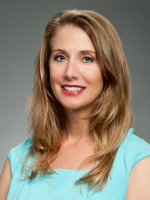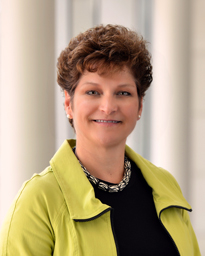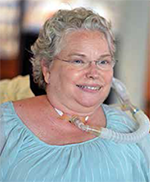With origins in Central European political traditions, the saying “Nothing About Us Without Us,” was adopted by the disability rights movement in the 1990s, popularized by American author and activist James Charlton, Executive Vice President of Access Living in Chicago. Charlton holds that disability is socially constructed and that people are “disabled” through barriers, negative attitudes and exclusion from everyday life, rather than by medical conditions.


To promote an inclusive approach to disability research, the National Disability Authority established guidelines in 2002 that identify key considerations for inclusion and outline models for researchers to use to include people with disabilities in their research. SCIDR follows these guidelines and includes the disability community through participatory approaches to research, steering and advisory committees, consultation, and planning groups. In addition to engaging principal investigators and research staff with disabilities, the researchers ensure that each funded project includes a National Community Advisory Board (NCAB) of individuals with SCI.
Among SCIDR’s advisors is Houston attorney Linda Norah-Davis, who has used a wheelchair since the age of 18 after two surgeries for a large lipoma on her spine. Now 61, she became active in the community in her late 50s after raising a family and building a law practice. Norah-Davis was an advisory board member and then stepped into the role of facilitator for GoHealthySCI, an e-health group weight management intervention for men and women with SCI.

“Our advisors were critical to making sure the program addressed the unique needs and experiences of people with SCI,” says Dr. Robinson-Whelen, principal investigator of the GoHealthySCI project, a scientist at TIRR Memorial Hermann and an Assistant Professor of Physical Medicine and Rehabilitation at Baylor College of Medicine. “Weight loss can be challenging for everyone, but the challenges are much greater for people who have mobility impairments like SCI. They face additional barriers related to pain, fatigue, lack of access to exercise facilities and equipment, lack of transportation and lack of knowledge about safe diet and physical activity practices. In a recent study of people with traumatic SCI, we found that more than three-fourths were not even able to weigh themselves at home to monitor their weight.”
To help address some of the barriers to participation in health programs, the GoHealthySCI weight management program is offered in WebEx, allowing participation from home. Designed to be affordable, accessible and replicable by trained peer facilitators, the project was funded by the Craig H. Neilsen Foundation.
Norah-Davis is also a facilitator for “Zest: Promoting the Psychological Health of Women with SCI,” a clinical trial led by Dr. Robinson-Whelen. “Women comprise only about 20% of people with spinal cord injury,” Dr. Robinson-Whelen says. “As a result most of the literature on SCI is heavily focused on men. In light of the national mandate to include women in all research, we’re very excited to be moving Zest forward through an online platform accessible to women around the country.”
Zest is delivered through the 3-D virtual world of Second Life, which minimizes barriers to participation in health promotion programs by allowing women with SCI to fully participate in all aspects of the intervention in the comfort of their own homes. The study is funded by the National Institute of Disability, Independent Living and Rehabilitation Research as part of the Texas Model Spinal Cord Injury System at TIRR Memorial Hermann.
“Partnering with consumers in all aspects of our research gives credibility to the work, and ensures that we are moving in the right direction. Developing and providing universally accessible and inclusive health promotion programs like GoHealthySCI and Zest will support greater participation by people with SCI in research,” Dr. Taylor says. “We expect these initiatives to result in improved health among people with SCI, as well as offering health and health promotion models that can be put into practice across the United States.”